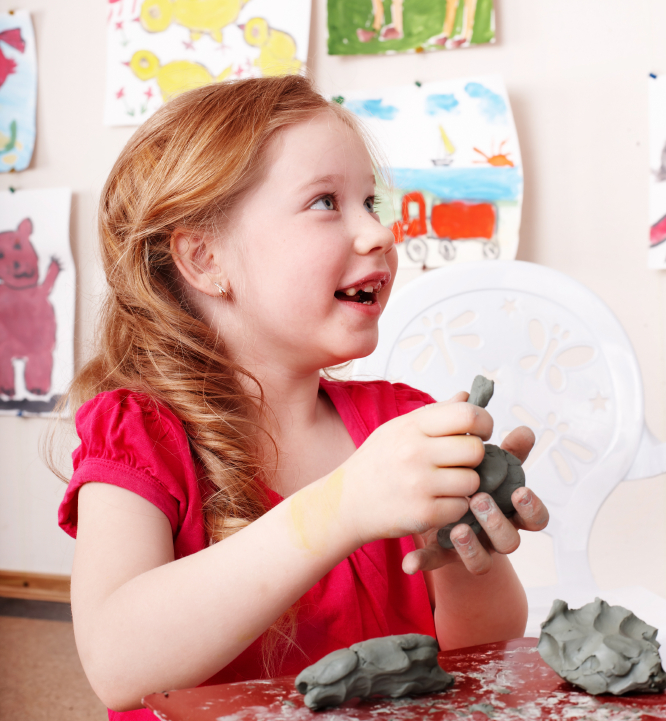Super Bowl Fun for the Little Ones on the Big Day

(iStockphoto)
Follow us on Twitter:@BaylorUMedia
Contact: Terry Goodrich,(254) 710-3321
WACO, Texas (Feb. 3, 2016) — Super Bowl Sunday is fast approaching, and you’re planning to throw — or go — to a party with friends and families. So what do you do with the young’uns to keep them happy and occupied so you can watch the game in (relative) peace?
It’s probably overly optimistic to expect little ones to watch a game for hours, but this can be family fun all the same, says Anna Burton, who teaches at Baylor University’s Piper Center for Family Studies and Child Development in the department of family and consumer sciences. Here are some of her ideas for children for the big day:
Clear a large room of breakables and be sure it has comfy, sturdy furniture. “For a large group, you might consider having multiple responsible caregivers,” Burton says.
“One idea is preparing fruits and veggies in team colors,” Burton suggests. “Dip coconut flakes in a little blue food dye, then roll bananas in the flakes, and you’ve got Carolina Panthers’ light blue and white. For Denver, you can have carrots, or make kebabs by arranging oranges and blueberries — for the Broncos’ orange and navy — on pretzel sticks."
For older children, you might also provide straws, plastic spoons and a plastic bowl so they can construct a “stadium” of the dough. “Especially in early child development, there’s a big push to promote ‘STEAM’ — science, technology, engineering, the arts and math — and an activity like this can get both sides of the brain working,” Burton says.
*No-Cook Play Dough: Combine 3 cups flour, 1/3 cup vegetable oil and 1/2 cup water, mixing until a dough is form. (Add more water or dough if needed and mix gradually to desired consistency.) Divide among four children. Recipe may be doubled if more children will be playing.
ABOUT BAYLOR UNIVERSITY
Baylor University is a private Christian University and a nationally ranked research institution. The University provides a vibrant campus community for more than 16,000 students by blending interdisciplinary research with an international reputation for educational excellence and a faculty commitment to teaching and scholarship. Chartered in 1845 by the Republic of Texas through the efforts of Baptist pioneers, Baylor is the oldest continually operating University in Texas. Located in Waco, Baylor welcomes students from all 50 states and more than 80 countries to study a broad range of degrees among its 12 nationally recognized academic divisions.
ABOUT THE COLLEGE OF HEALTH AND HUMAN SCIENCES
After more than three years of evaluation and input from Baylor regents, deans, faculty and staff, and external entities, the Baylor Board of Regents approved the creation of the Robbins College of Health and Human Sciences on May 16, 2014. This was also a direct result of identified priorities for strengthening the health sciences through Baylor’s strategic vision, Pro Futuris, which serves as a compass for the University’s future. The anchor academic units that form the new College – Communication Sciences and Disorders, Family and Consumer Sciences and Health, Human Performance and Recreation – share a common purpose: improving health and the quality of life. The new College is working to create curricula that will promote a team-based approach to patient care and will establish interdisciplinary research collaborations to advance solutions for improving the quality of life for individuals, families, and communities.